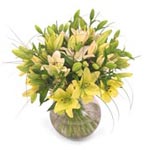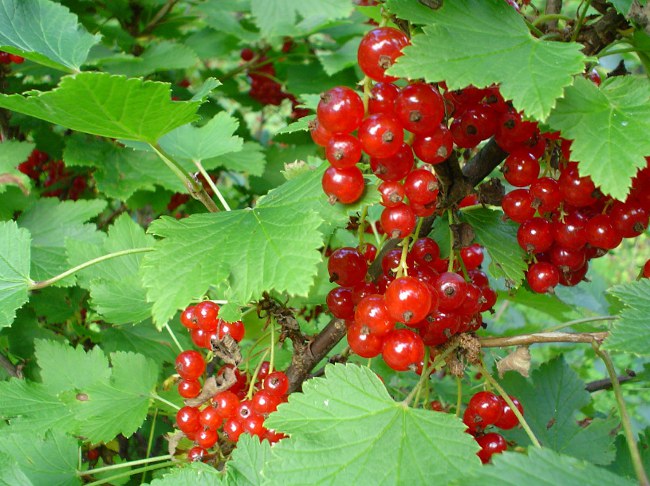Wickerwork - decoration of your site
 As the theater begins with a hanger, so the gardenbegins with a fence. The comfortable site is easily recognizable by the fact that instead of a deaf fence, the monster is surrounded by a low light wattle fence. Do you think? .. No, no. This is undoubtedly a work of art, creativity, generally not simple, nevertheless, if desired, accessible to everyone.
As the theater begins with a hanger, so the gardenbegins with a fence. The comfortable site is easily recognizable by the fact that instead of a deaf fence, the monster is surrounded by a low light wattle fence. Do you think? .. No, no. This is undoubtedly a work of art, creativity, generally not simple, nevertheless, if desired, accessible to everyone.The wattle is not only beautiful. It is, moreover, more environmentally friendly than the most expensive fences. Plants behind him breathe fresh, not stagnant air, without lacking either sunshine or light. The wattle catches the snow better and distributes it evenly over the site, which is very important for the wintering of all that lives deep down and on the surface of the soil.
For the manufacture of a wattle fence such materials as:
- Dehydrated bark, slightly dried, but retainedits flexibility of willow, birch or rowan shoots, long linden growths, a small number of last year's blackberry stems, annual hips, hawthorn, etc.
- metal pipes with a diameter of 20-30 mm, a length of 2-2.5 m. The number of them is determined by the length of the fence and the distance between these supports (1-1.5 m);
- bitumen varnish for processing the lower part of the pipes (in order to prolong their service);
- paint for the color of the fence for processing the top of the pipes (the goal is the same);
- sanded, dried and processed with penatexintermediate stakes of lime or rowan branches 15-20 mm in diameter, 1.5 m long (according to the height of the fence). Are installed for braiding branches (1-2 between each pair of metal pipes). In the finished wattle they practically do not touch the ground.
Prepared pipes are installed after 1-1.5 m,deepening into the soil by 0.5 m and concreting at the base. Between them place intermediate stakes, slightly prikopav (temporarily). The hedge is weaved directly on the spot or weave sections, and then fixed on metal poles.
For efficiency, the wicket can be weaved from branches,differing in color from the fence itself. Yes, and the wattle can be monochromatic or variegated due to the different natural coloring alternately interlaced stems.
If there is a need to delay the penetration of undesirable guests to the site, it is better to use chopped stems at the bottom of the fence.
The wattle can also be alive. For this, early in spring, freshly cut cuttings from one-year-old willow growths are planted in moist soil in a row. They take root. Begin to grow lateral shoots. They are braided by wooden stakes and fixed on metal pipes. After a year or two, the stems (former cuttings) are removed together with the root. The wattle, devoid of connection with the root system, dries up and remains hanging on the supports. If necessary, it is cut.
By beauty, the wattling wins even more ifnext to it there are plants. Even when looking at the site from the street, attention will be drawn to the hops falling from the fence. Instead of hops (or with it), other vines can be planted, for example, girlish and Amur grapes. Given that the fence is beautiful in itself, it is desirable that plants do not suppress it, do not hide its merits, do not shorten the term of its service. Therefore, it is better to confine yourself to two types of lianas.
Southern color of the wattle fence and the plot will be given 3-5 plants sunflower with golden-orange hats blossoms in curly curls of petals, blossoming in the second half of summer, yellow-orange flowers rudbeckia, 1-2 hoods Canadian solidagogue, decorated from mid-August to early September with amber-yellow sultans on numerous shoots. Contrast these plants may be chicory ordinary with blue flowers solitary on the stem. The good thing is that it does not suppress the wattle fence - the impression is that, because of the fence behind you, children's eyes, wide-eyed with astonishment, are watching. The above-named and similar flowers can be before the fence, that is, from the side of the street.
And from the side of the garden against the backdrop of a light-mouse color fence beautifully look simple care, bright and diverse in color inflorescences lupine and aquilegia, blossoming in June-July, flox flecked,blooming one month later. All of them are perennial and do not cause much trouble. Maintenance of the usual - loosening of the soil, fighting with dunghills, the introduction of finished compost. You just need to look after the lupine, so that there is not too much self-seeding. Therefore, one of the elements of care is the removal of the inflorescence after the flowering. If there is a need to collect the seeds, you can wait until the beginning of their ripening and cut off the inflorescence a little later, without scattering the seeds. After the removal of the faded inflorescences, the plants retain their ornamentation for a long time due to the beautiful foliage.













